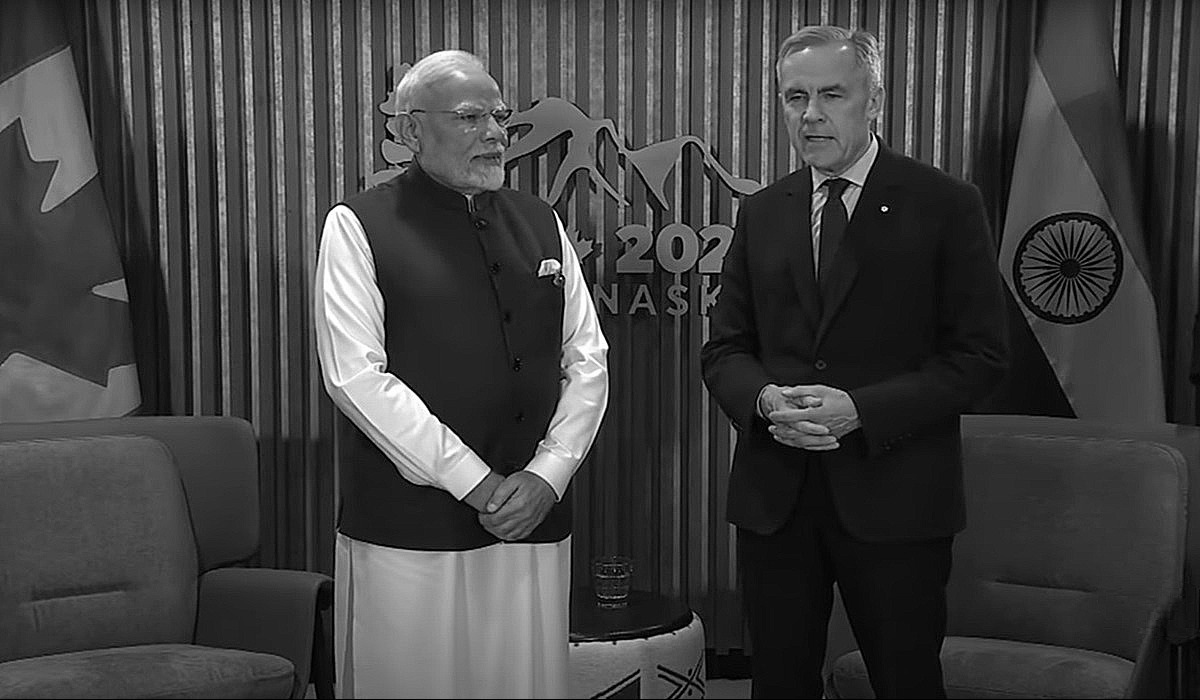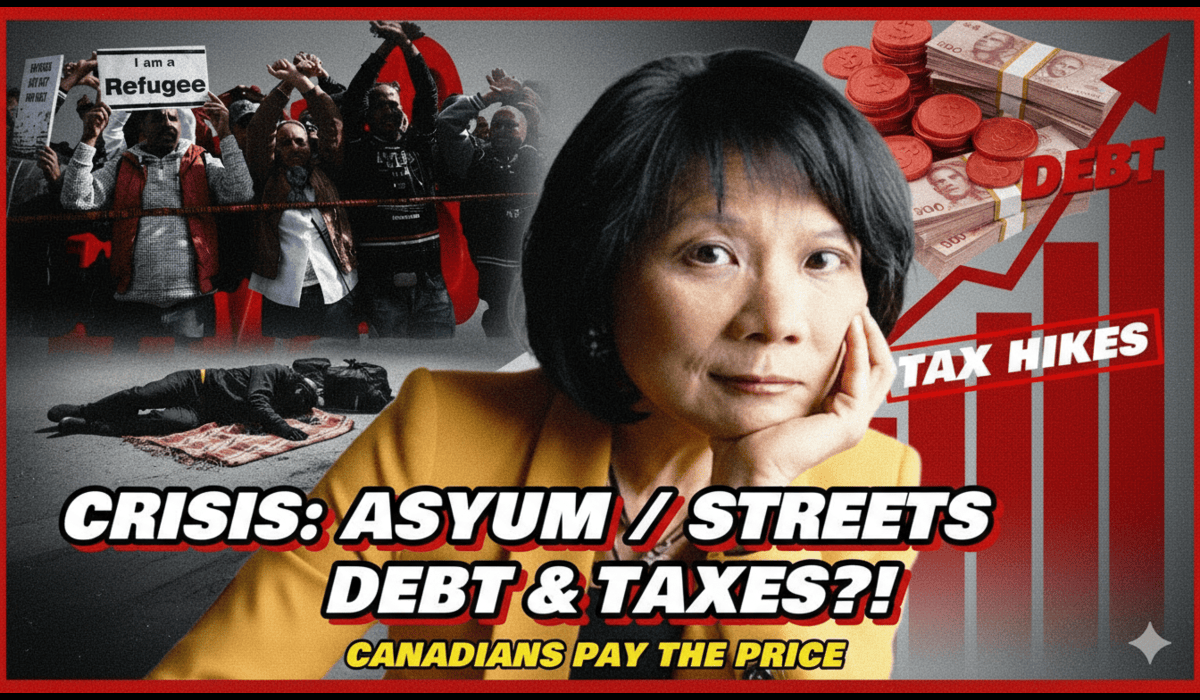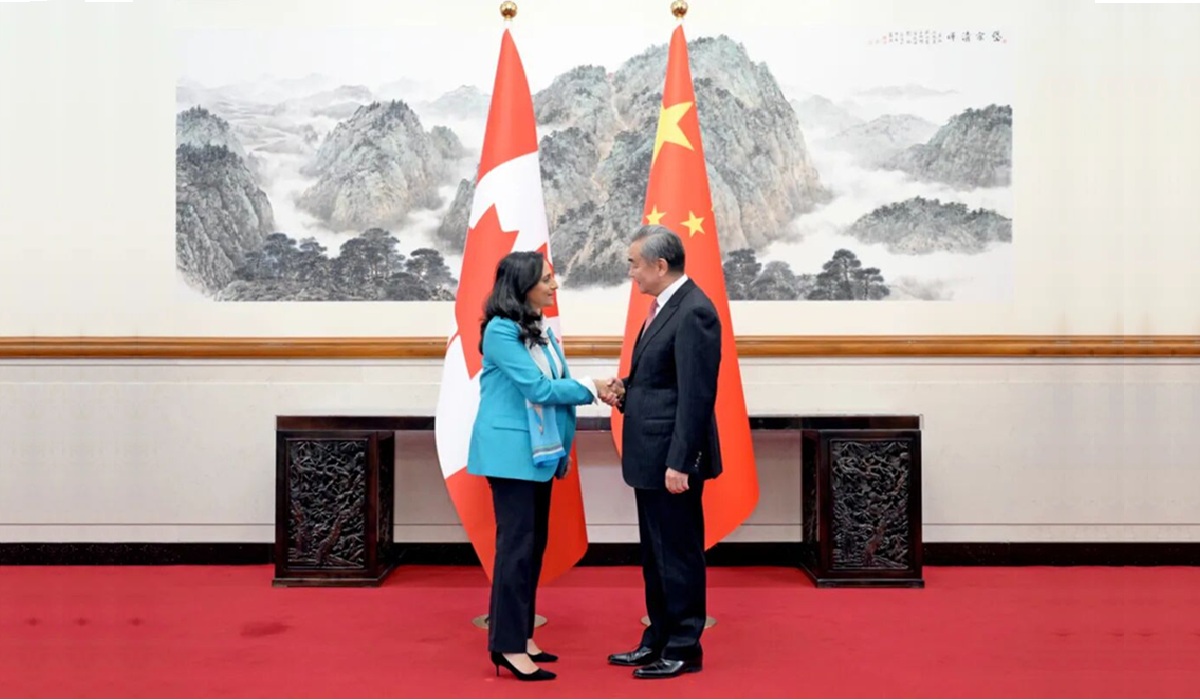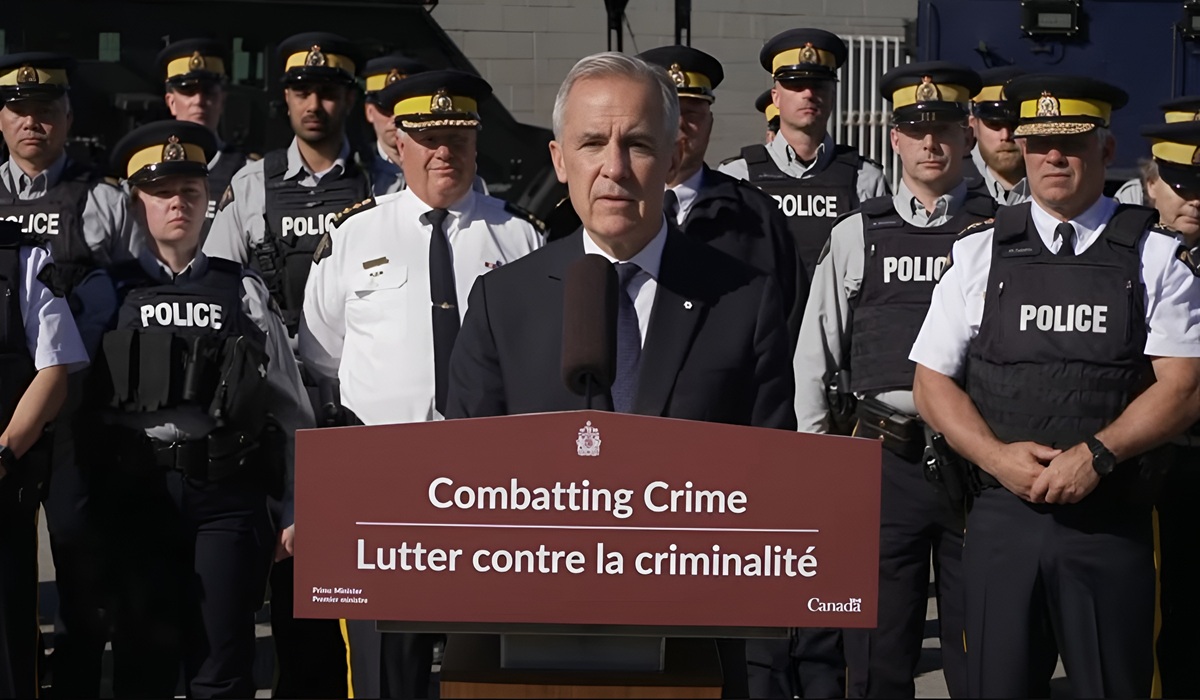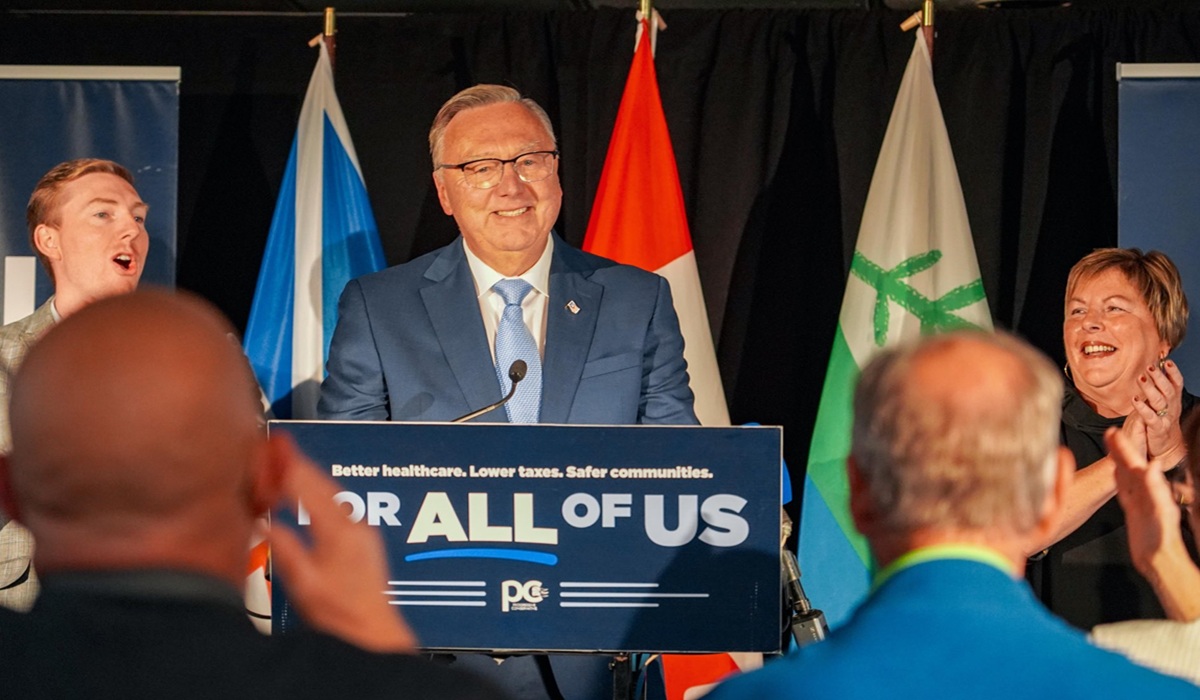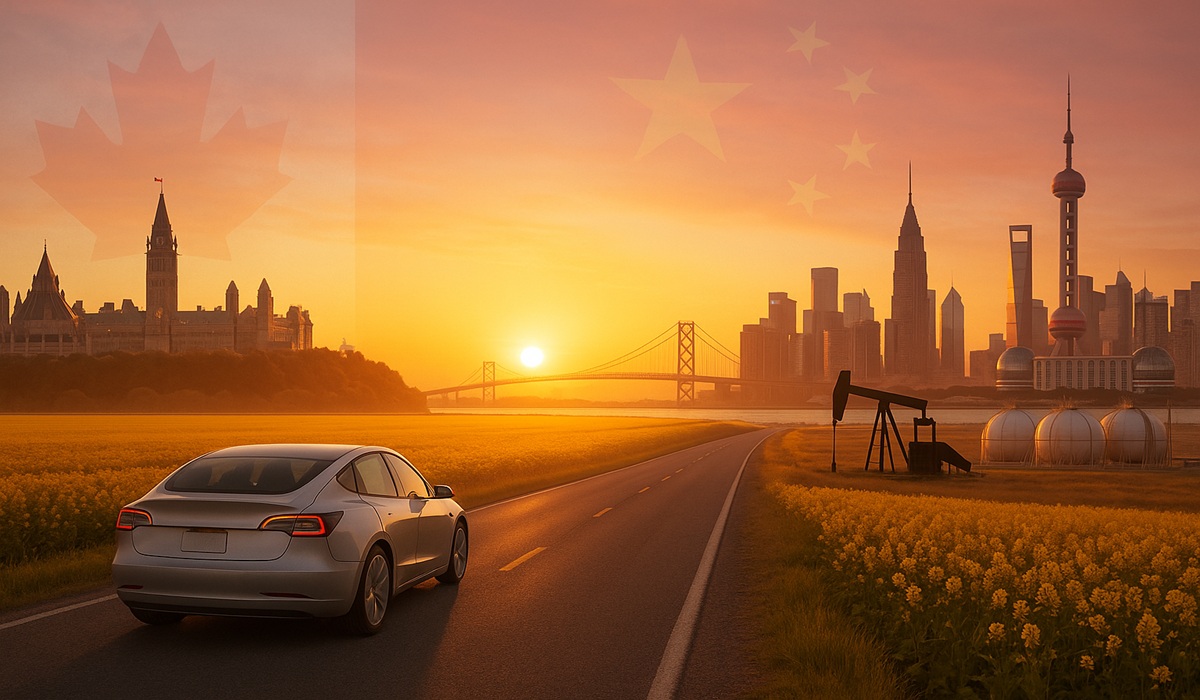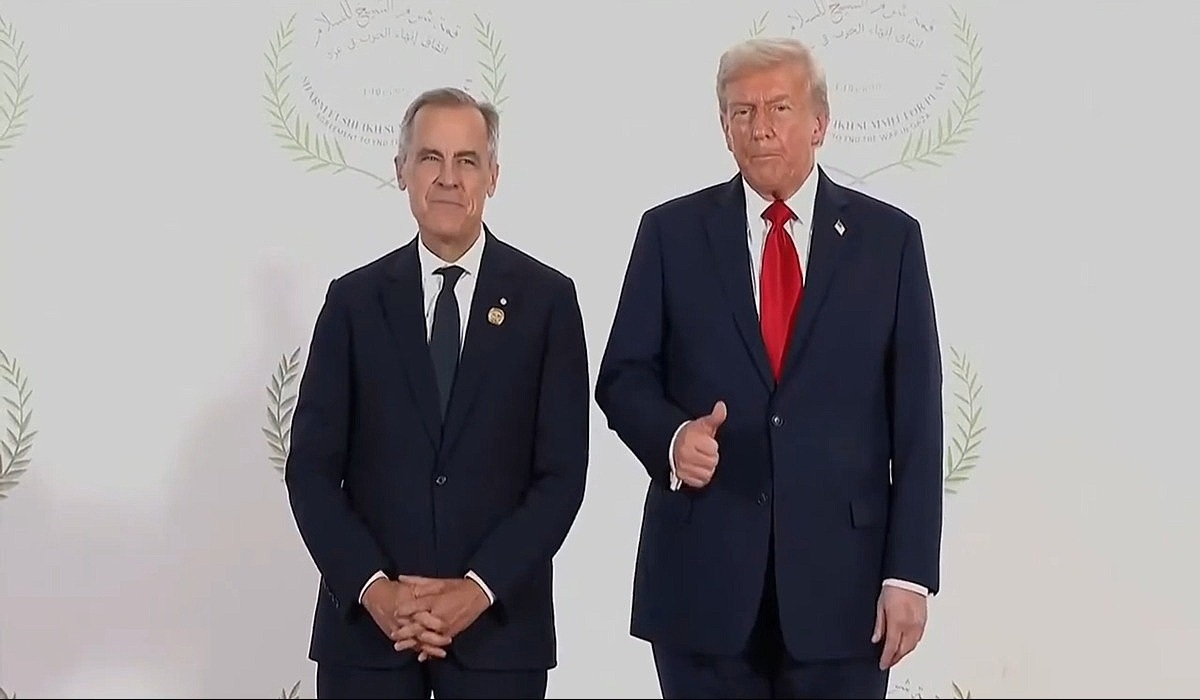Prime Minister Mark Carney’s first time hosting the G7 was far from a seamless diplomatic victory. Held in Alberta amid geopolitical upheaval and mounting economic anxieties, the summit marked Canada’s most high-profile attempt to reassert itself on the global stage under new leadership. While Carney projected the image of a seasoned economist-turned-statesman, the reality was more complicated: uneasy optics, awkward public moments, and a distinct pivot in Canada’s alliances underscored a shift that may have long-term consequences.
India’s Prime Minister Narendra Modi, attending as a special invitee, was the most closely watched non-G7 leader at the table. After years of frosty relations, his warm handshake and extended private conversation with Carney symbolized more than just diplomatic courtesy—it was a signal that Canada wants to reset ties with the world’s most populous democracy. Whether the two leaders can move past the tension that erupted after the killing of a Sikh separatist in British Columbia—an incident that severely damaged India-Canada relations—is still unclear. But their willingness to publicly engage showed mutual interest in pragmatic cooperation, especially around trade and energy.
On the other hand, Canada’s relationship with the United States remains visibly strained. President Donald Trump, already under pressure at home over his handling of multiple crises, left the summit early. While the White House cited “pressing matters,” sources close to the administration confirmed that Trump was frustrated with Carney’s interruptions during closed-door sessions and his overt attempts to steer the conversation toward European-style economic frameworks. A frosty group photo and Trump’s early departure were not just symbolic—they pointed to the growing ideological gap between the U.S. and its northern neighbor.
Carney’s interactions with European leaders, by contrast, were markedly more congenial. He held multiple bilateral meetings with French President Emmanuel Macron and German Chancellor Annalena Baerbock, discussing climate initiatives, digital regulation, and joint investment projects. For seasoned observers, it was an unmistakable signal: Canada is drifting, diplomatically and ideologically, toward Brussels and away from Washington.
This pivot reflects both economic pragmatism and political strategy. With U.S.-Canada trade tensions simmering over dairy, digital taxes, and defense spending, Ottawa appears eager to deepen ties with Europe, where the appetite for multilateralism remains strong. Carney, a former governor of both the Bank of Canada and the Bank of England, seems uniquely equipped to navigate these waters—but his G7 debut exposed the fragility of that balancing act.
Critics noted Carney’s often professorial tone and tendency to dominate discussions—traits that grated on some allies and provided fodder for online mockery. The viral clip of him cutting off President Trump mid-sentence didn’t help. While he may have come across as commanding to some, to others, it was a miscalculation in statesmanship.
Ultimately, Carney’s first G7 hosting was a moment of realignment, not resolution. Canada is repositioning itself—slowly, perhaps awkwardly—but intentionally. The country’s warming ties with Europe and tentative reconciliation with India may open new doors, but the widening gulf with the United States casts a shadow over the path ahead.
If Carney wants to lead Canada into a new era of global influence, he’ll need to do more than make headlines—he’ll need to manage relationships with far more finesse, especially with a neighbor as powerful, unpredictable, and indispensable as the United States.

